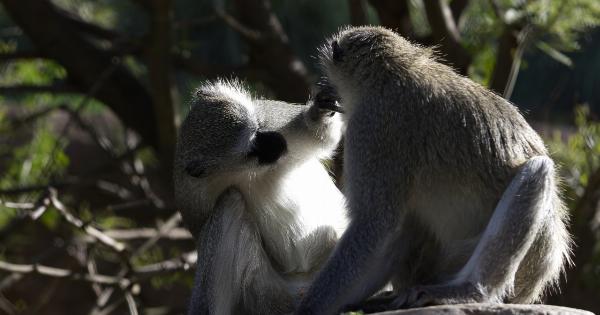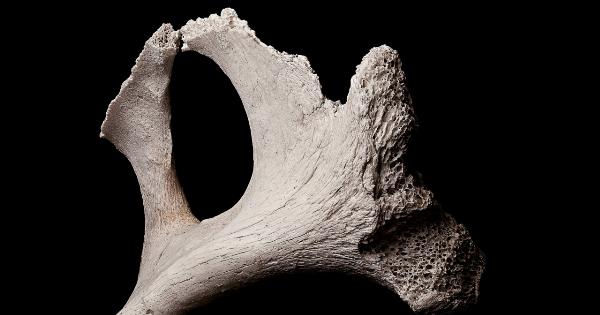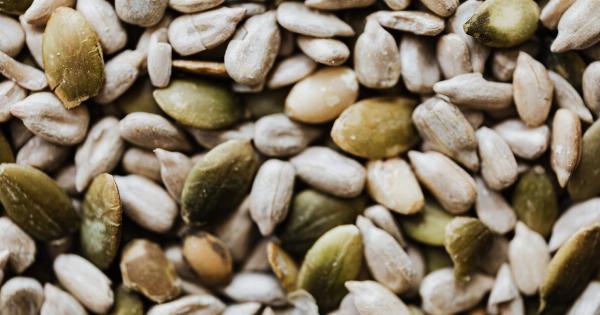A remarkable discovery has stunned scientists and researchers in the field of microbiology. A newly discovered bacterium in Guadeloupe has proven to be an enormous specimen that is not only visible to the naked eye but also can be caught with a tweezer.
This groundbreaking finding has opened up new possibilities for further exploration and study of microorganisms.
The Discovery
The discovery of this giant bacterium came as a surprise during a routine sampling expedition in Guadeloupe, an island in the Caribbean.
Researchers, armed with their microscopes and petri dishes, were expecting to find the usual suspects of microscopic organisms.
However, they were baffled when they witnessed a bacteria colony that was unusually large and visible without the need for any powerful magnification.
The giant bacterium, tentatively named “Colossus microbii,” measured about 1 millimeter in diameter, making it easily observable to the human eye.
Distinct Characteristics
What makes this newly discovered bacterium truly astounding is the fact that it can be caught using a tweezer.
Unlike other bacteria, which cannot be physically manipulated, this giant bacterium possesses a unique external structure that resembles tiny hooks or barbs. These appendages allow it to adhere to surfaces and facilitate easy capture when approached with a tweezer.
This tweezer-catching ability has not been observed in any other microorganism before, and scientists are eager to understand the evolutionary purpose behind this adaptation.
Additionally, this characteristic significantly simplifies the process of studying and analyzing the bacterium in the laboratory setting.
Potential Applications
The discovery of a giant, tweezer-catchable bacterium opens up numerous possibilities for scientific research and practical applications. One potential area of exploration is the study of biofilms.
Biofilms are slimy communities of microorganisms that form on various surfaces, such as medical implants, water pipes, and even rocks.
Colossus microbii could provide valuable insights into how biofilms form and the mechanisms that allow their growth on substrates.
By understanding these processes, scientists can develop strategies to prevent the formation of harmful biofilms, which contribute to the development of infections and other medical complications.
Implications for Microbiology
The discovery of this giant bacterium challenges the traditional notion that bacteria are all microscopic and unseen by the naked eye.
While most bacteria are indeed invisible without technological assistance, the existence of a macroscopic bacterium challenges our understanding of the dimensions and limits of bacterial life.
This newfound appreciation for the size diversity within the bacterial world prompts scientists to reevaluate their methods and approaches when studying microorganisms.
It also emphasizes the need for further exploration and the possibility of discovering more unusual and outsized bacteria in other ecosystems around the world.
Ecological Significance
The presence of Colossus microbii raises intriguing questions about its role in the ecosystem of Guadeloupe.
Since its discovery, researchers have been investigating its ecological interactions, potential symbiotic relationships, and impact on nutrient cycling.
Understanding how this bacterium fits into the grand web of life could have far-reaching implications for the overall health and functioning of ecosystems.
It may unveil new ecological processes and relationships that have gone unnoticed until now, providing a more complete understanding of the delicate balance within our natural world.
Future Research and Study
The discovery of the giant, tweezer-catchable bacterium in Guadeloupe has ignited a scientific fervor to delve deeper into the mysteries of these microorganisms.
Researchers from around the world are now flocking to the island, hoping to uncover more details about Colossus microbii and its potential applications.
Future research efforts will aim to sequence the bacterium’s genome to unravel its genetic makeup, carry out experiments to better understand its evolutionary history, and explore its potential for biotechnological applications.
The implications of this discovery are boundless, leading to exciting possibilities and breakthroughs in various scientific disciplines.
Conclusion
The discovery of a visible and tweezer-catchable bacterium in Guadeloupe has catapulted microbiology into a new era.
The existence of Colossus microbii challenges the conventional wisdom regarding the size limitations of bacteria and reveals the vast untapped potential hidden within microbial ecosystems.
As researchers continue to explore and study this giant bacterium, they may uncover new insights into biofilms, develop strategies to prevent infections, and shed light on the intricate ecological relationships that underpin our planet’s health.
The future is undoubtedly bright and promising for the field of microbiology as we continue to peel back the layers of microbial diversity.































